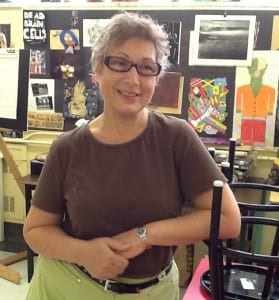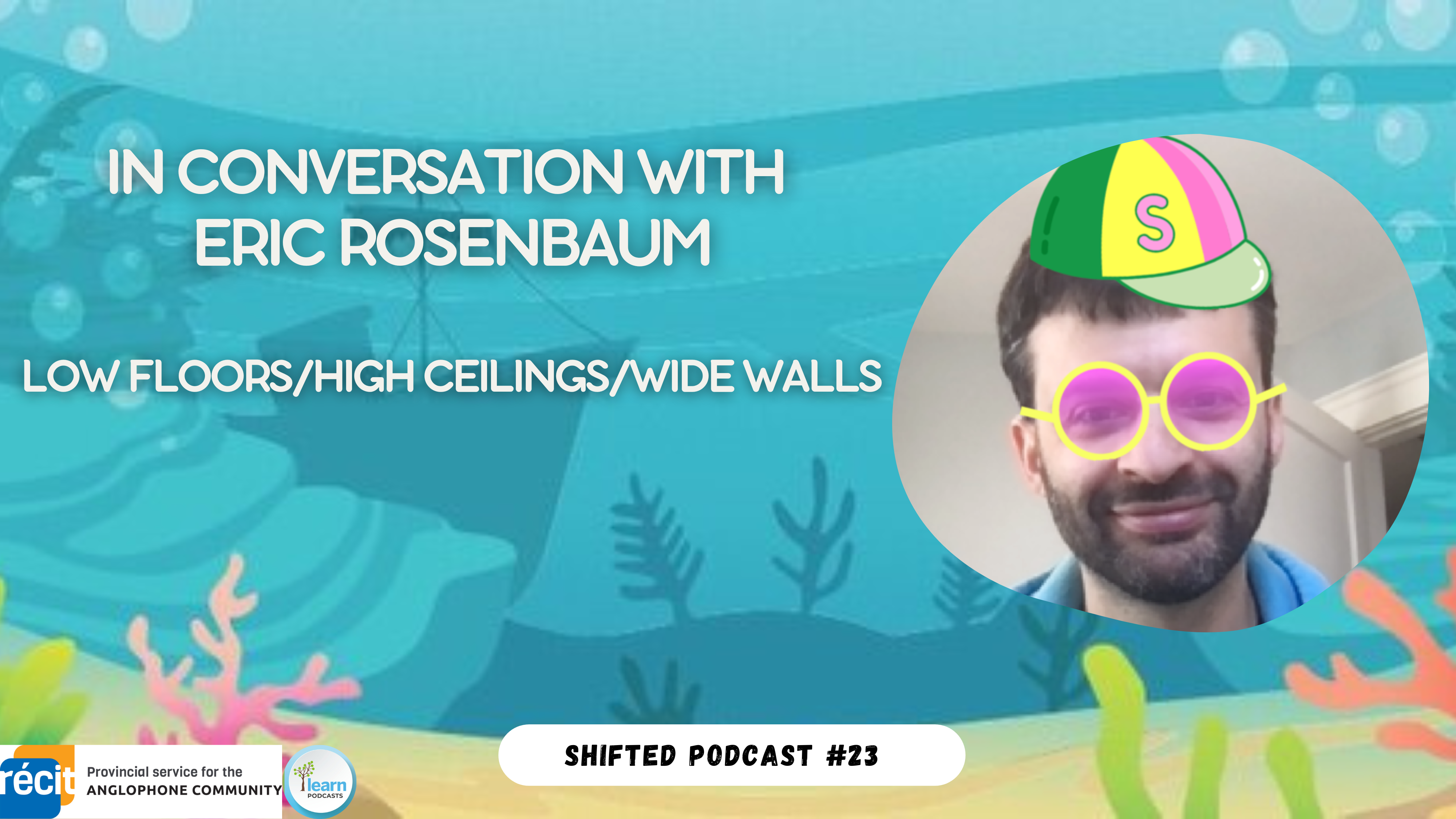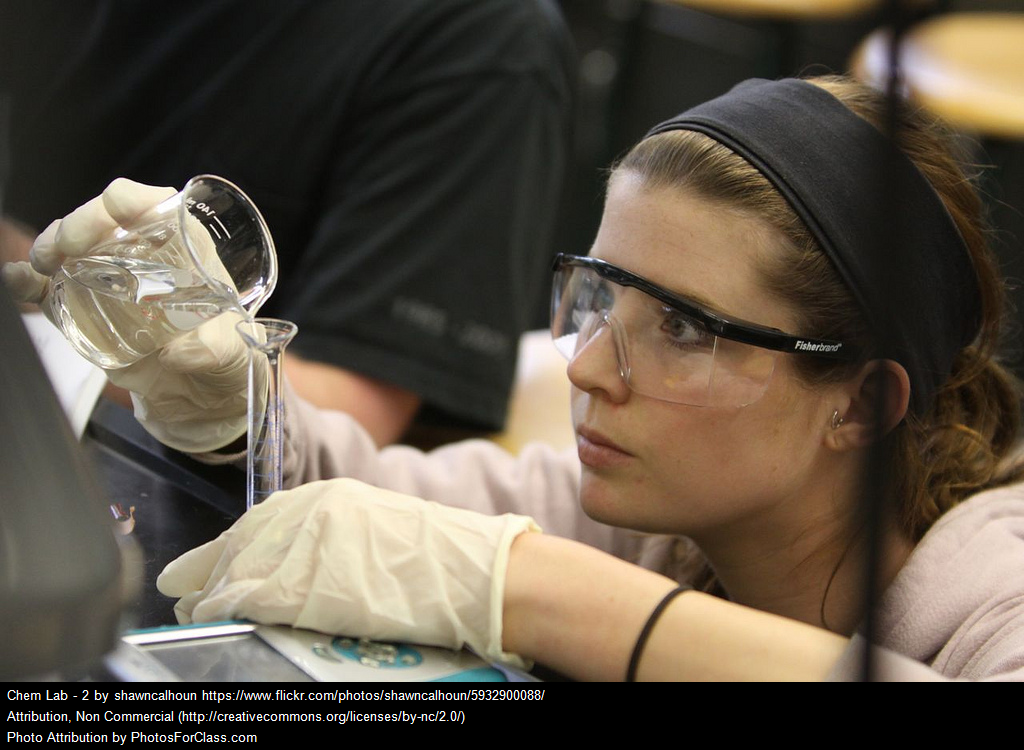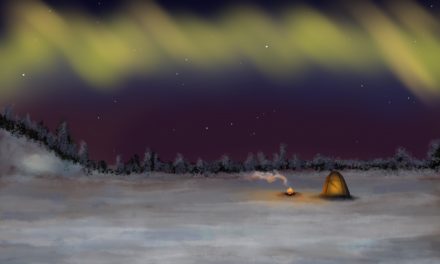This year, we will be featuring on our blog talented and committed educators from our community. I hope that the personal paths and ways of doing of individual teachers inspire you as they do me. Enjoy this first teacher profile! – Sylwia Bielec, ed.
Teacher’s name: Julie Greto, M.A. Art Ed.
School: Marymount Academy, EMSB
Subject: Visual Arts
Levels: Sec. I – Sec. V
Experience: 20+ years
Q: How do you decide what to do in your Art classroom?
Julie Greto answers: My approach has always been, regardless of whether I’m teaching adults or younger people, that I “workshop” what to do in the classroom. I start with whatever interest there is in the classroom and I build on that. So, if there are different things that students want to do in the context of a project, then I am fine with that. I am following their interest and they are going to be more interested in what they are doing and more likely to follow up on what I want them to do! It also deals with looking at the strengths and weaknesses of any particular group or individual. If you go with what THEY want to do, then I think, and I’m not 100% sure on this, but I think you are starting with the strengths of the group or the individual. I haven’t tested this mind you! This year, with my sec V class, we are choosing a theme or an idea unanimously as a class, and then each group chooses a way to approach the idea, which includes the materials and media they choose to use.
Q: What is your personal philosophy about teaching Visual Arts?
Julie Greto answers: Authenticity. Process. Whether the work stems from a person’s background or a person’s interest, it has to be true to them and their experience! I also want a person to really understand THEIR process. Very difficult! It took me a long time to understand my process, so it’s no easy thing.
Q: How do you make sure you cover the curriculum with such a student-centered approach?
Julie Greto answers: At Marymount, we have a school curriculum that we created several years ago as a PDIG (Professional Development and Innovation Grant). It was difficult to do, because the department kept changing, but it allowed us the time to sit down and ask “How DO we want to carry out the curriculum as it is set out in the QEP, how DO we set it up so that it makes sense for the teacher?” We looked at the skills that we needed to develop, and the elements of art that we had to cover. Designing a curriculum also allowed us to cover different materials and techniques over the five years of high school, because what was going on before was that a student would do one thing in sec. I and then do the same thing or a similar project in sec. III – because there were new teachers or because teachers did as they wished without consulting each other. Now we have the progression of learning, which is new, but I haven’t had the time to really digest it and the impact it will have on what we came up with. It’s not an easy thing to do, making sure you cover the whole curriculum, and I’m still working on it.
Q: How do you handle evaluation, with so much group work?
Julie Greto answers: I’m the Rubric Lady in town – not that anyone actually calls me that! I use rubrics a lot and always share them with my department. I just find it so much easier when I have a rubric for a subjective subject such as art, where my own tastes can get in the way of a fair appraisal. It doesn’t matter if I like it or not, what matters is whether someone has fulfilled the criteria for the project! And a rubric helps me see that. I also like to use the same rubric from year to year – for example, my presentation rubric is the same no matter what grade I’m teaching because the elements of presenting something are the same at any level. It is the knowledge content that changes and the rubric is structured to evaluate that as well.
Many of our projects are done in groups but there has to be an individual component to this type of learning and evaluation situation. Otherwise, there are students who have a tendency to rely on the strongest students in the group…and other group dynamics issues surface. And that’s how it can be: one or two students sustaining the group and everyone else going along and the product never getting completed in the manner one would wish. Ideally, the individual develops and also learns to work in a group. In the animation project we did last year, I had each student make their own storyboard, and that, along with the contents of their sketchbook, combined to create their individual mark. I used another rubric to evaluate the group work – the actual way in which the group operated. Within that, they self marked their contribution and product and also marked the group’s progress and process. I average the group marks and get rid of any obvious outliers. The group work evaluation contains questions about problems encountered and solutions proposed and enacted. It’s quite easy to see if someone did not engage in the process, because they tend to say that there were no problems at all!
Final remarks
After spending time in Julie’s classroom, it is also clear that authenticity and process are what Julie brings to her students. She sets up the learning environment to encourage authenticity and authentic creation by placing the onus on students to come up with topics or ideas that interest them. She engages her students in a process and values the various milestones and other evidence of process as much as the product being worked on by according time and value to that part of the project.
***
Do you know teachers who should be featured in our Teacher Profiles? Are you such a teacher yourself? Leave a reply and we will get back to you!





